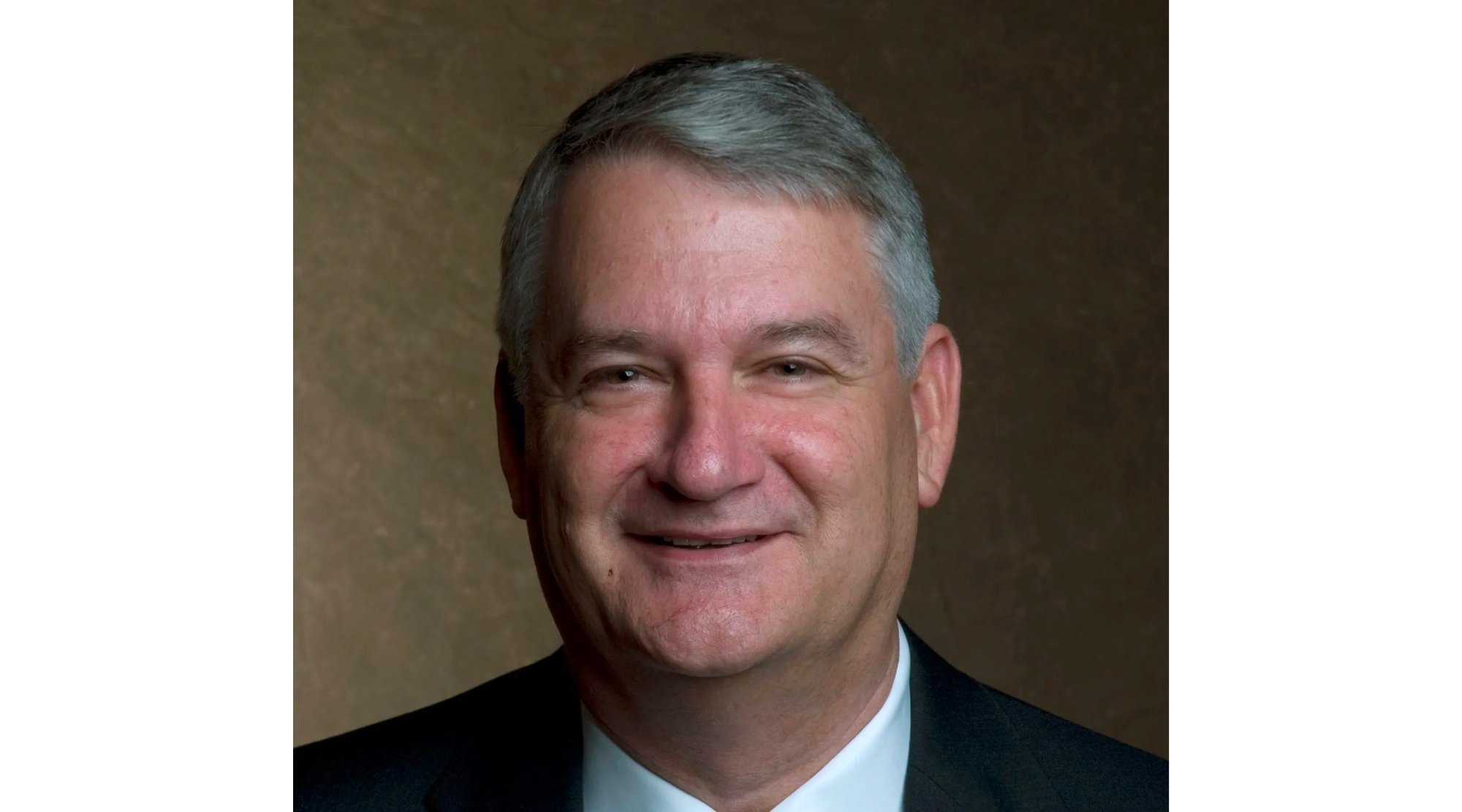When is enough enough?
Published 3:16 pm Tuesday, February 18, 2020
|
Getting your Trinity Audio player ready...
|
We live in a time when excess is seen as a virtue. Walking past the shops of Paris, it was amazing to see what people will pay for a pair of shoes, a bag, or even a scarf. A basic scarf from the French chain Hermes starts at approximately $350 and goes all the way up to $8,000. Thankfully we live in an area where you don’t have to use scarfs very often.
A Ferrari F60 America has a price tag of $2.5 Million and it is not even the most expensive car in the world. The new Gulfstream G700, made right here in Georgia, lists for $75 Million, and can fly you and 18 of your friends around the world in luxury.
Super yachts, the exclusive playthings of today’s super rich, have topped over $1 Billion in certain recent cases. That is clearly a modern example of having too much money for your own good.
Even the cost of politics has soared to a price tag beyond comprehension. The cost of the current American presidential election is anticipated to be over $2 Billion. For that amount of money, the public will hear everything there is to know about every serious candidate, whether true or not.
Impressing the neighbors started long before today’s expensive cars, planes and boats. Our recent trip through the chateau country in the Loire Valley of France gave us some extraordinary examples of the excesses of the rich and powerful centuries ago.
Mary Lou and I visited Château de Chambord, which is the largest chateau in France. With over 400 rooms and 85 staircases, it was built in the 16th century as a hunting lodge for King Francois I. That’s right. It was a hunting lodge that never served as the permanent resident of any of its owners.
Château de Chambord was heated by 282 fireplaces. I am not talking about the type fireplaces which you fuel with wood you purchased at your local supermarket. These fireplaces are enormous and required the cutting of a significant number of large trees to keep the big drafty place inhabitable in the winter.
This was the same King Francois I who provided Château du Clos Lucé to Leonardo da Vinci in the last three years of his life. While not as grand as many of the other chateaus in the area, it was nevertheless inspiring to walk in the same rooms where one of the world’s most creative men lived and worked.
My personal favorite was the Château de Chenonceau which was built over the river Cher. Originally constructed in the 12th century, the current chateau was constructed just 25 years after Columbus discovered America. More than any other, this chateau was influenced by powerful women over its life. The architecture, furnishings and beautiful gardens make this an especially important stop on any tour of French chateaus.
Perhaps the excess of the 15th and 16th centuries in France are no different from the modern-day excesses we see on the news media. While the gap between the very rich and the poor continues to grow in the United States, it is nothing compared to the unimagined wealth of the French aristocracy and royalty that built these castles amidst a poor and uneducated population.
It is a bit ironic that the royalty of those times is remembered more for what they built for themselves than what they did for the people. Let us hope that will not be the way those seeking office today are remembered tomorrow.


